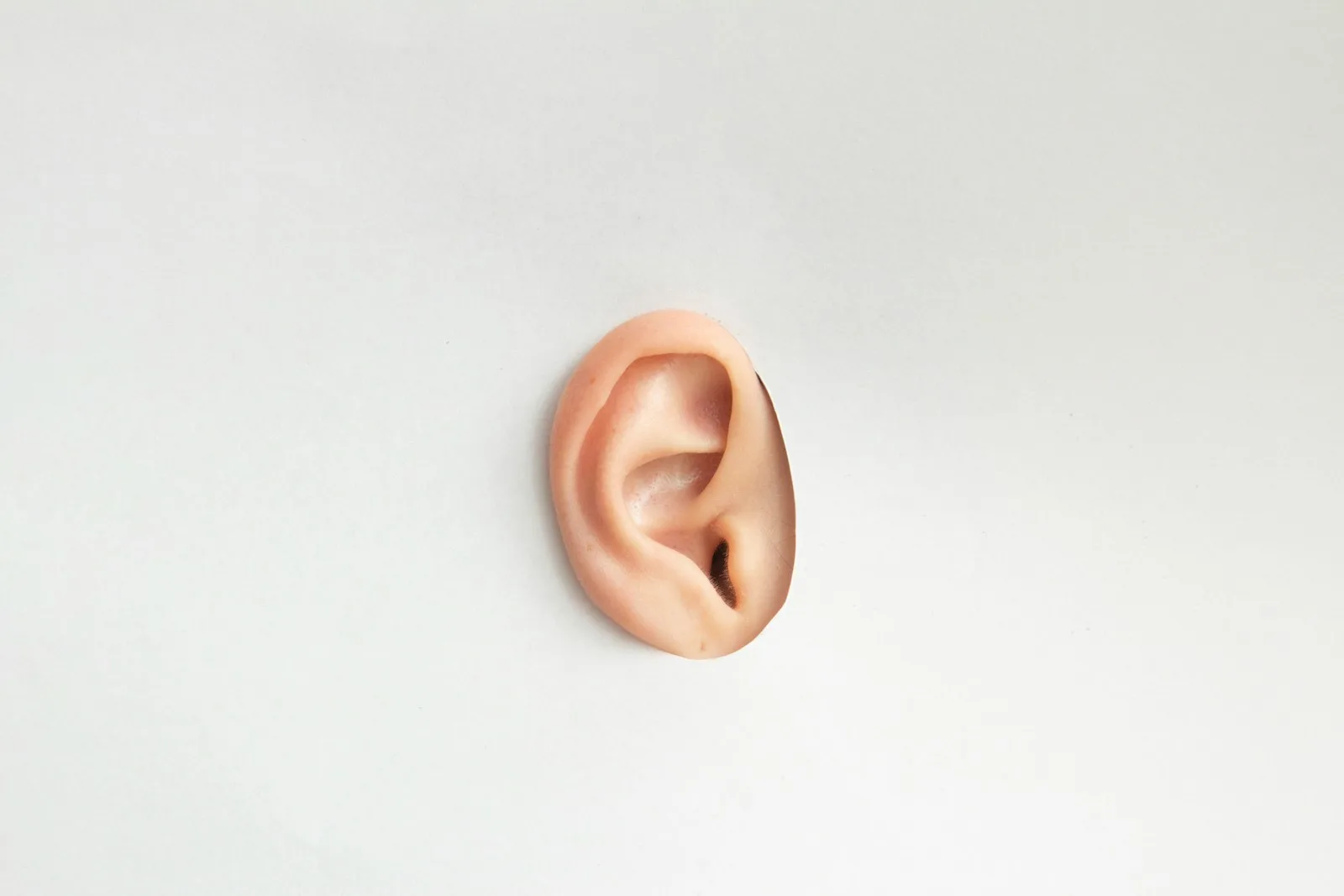To understand vestibular disorders, you firstly need to know a little about the workings of the inner ear. The human inner ear is made up of both the cochlear (hearing organ) and vestibular (balance) system. The vestibular system has 5 specialised parts dedicated to balance.

We have three semicircular canals (horizontal, anterior and posterior) in each ear which are located in different spatial planes and allow us to detect angular and rotational head movement.
We also have two otolith organs (utricle and saccule) in each ear which are sensitive to gravity. They are sensitive to gravity and allow us to detect linear accelerations such as stop/start and up/down movements.

When the vestibular system is functioning well, both ears will send symmetrical messages to the brain. If one ear stops working this can create vertigo (a false sensation of movement). If both ears stop working then there is no signal for movement when there should be.
Luckily your balance system also has two other inputs to rely on. Your balance system is made up of information coming from your ears as well as your eyes and muscles. For a more detailed description of how the balance system works, click here.
The other good news is that if part of the inner ear stops working, your brain can re-learn how to use the “new” information coming from your ears. Often people will want to stop moving their head as it provokes their symptoms, but movement is so important for the brain to adapt to the changes in the balance system.
One way to speed up this process and challenge the balance system in safe environment is through vestibular rehabilitation exercises. These exercises are prescribed by a vestibular physiotherapist. You can lean more about vestibular physiotherapy here.
Your Symptoms
Keeping your body balanced should be an automatic process. Having a vestibular issue means you have to spend energy trying to stay stable while doing everyday tasks. This can be exhausting. You may also experience brain fog and have difficulty concentrating.
Vertigo, dizziness and imbalance are invisible and unpredictable symptoms. Unfortunately, when you are dealing with conditions that do not show up on a blood test or scans and cannot be poked and prodded, it can seem like the only logical conclusion is that is it all in your head. It’s not. It is important to know that these indicators are not imaginary.
Another important thing to understand that these symptoms can affect you both physically and psychologically. It’s scary when the room starts moving for no apparent reason! Vertigo, dizziness and imbalance affect people differently in both the way they experience them physically, but also in their psychological manifestation. And while it is important to understand your physical symptoms, it is equally important to understand your psychological symptoms as they can often trigger and/or exacerbate your physical ones.
The Vestibular Disorders Association is an amazing place to start if you’re looking for support. A list of tips to help you cope with everyday challenges can be found here.


